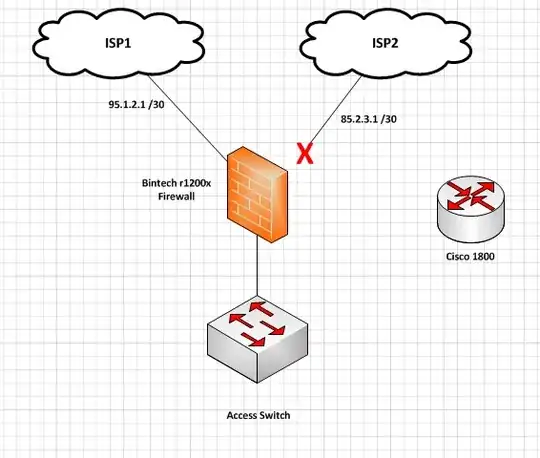You could split up your lan in two and make two respecting NAT pools on the Bintec or the Cisco, and share the load (outbound only obviously).
This would be load-sharing and not load-balancing, ie one link may be saturated while the other could be idling.
Bintec routers are quite easy to set up if you compare with Cisco routers. Default username/pass: admin/bintec or admin/funkwerk (Bintec was bought by Funkwerk). All configuration can be done either with some quite obscure commands or the setup utility, which displays a text menu.
There is also webserver on the router to configure it, but I never used it (always working remotely) and I don't know if it's enabled by default.
Some commands (which can be abbreviated):
Displaying the mac table:
router> ipnettomedia
router> ia
Displaying the routing table:
router> netstat -r
Displaying interfaces:
router> netstat -i
router> ifconfig
ifconfig displays interface IDs, not names.
Setup utility:
router> setup
Setup utility hides passwords, by replacing them with asterisks. You can avoid this behavior with the -p switch:
router> setup -p
